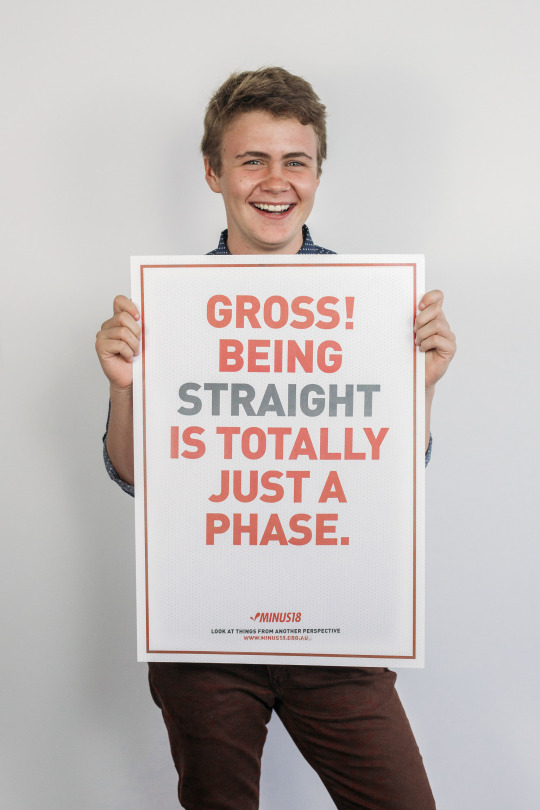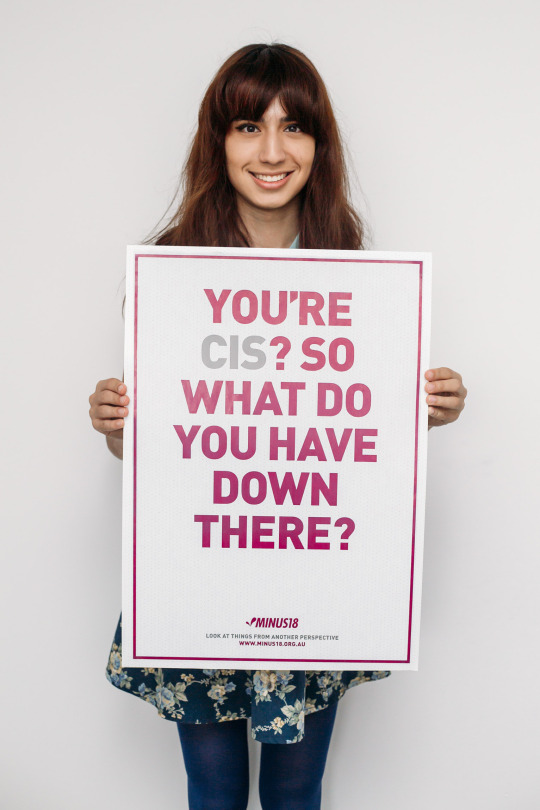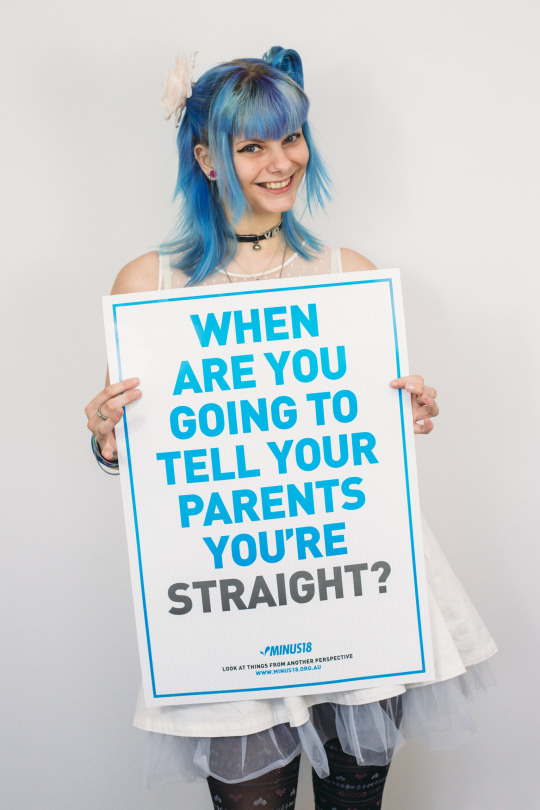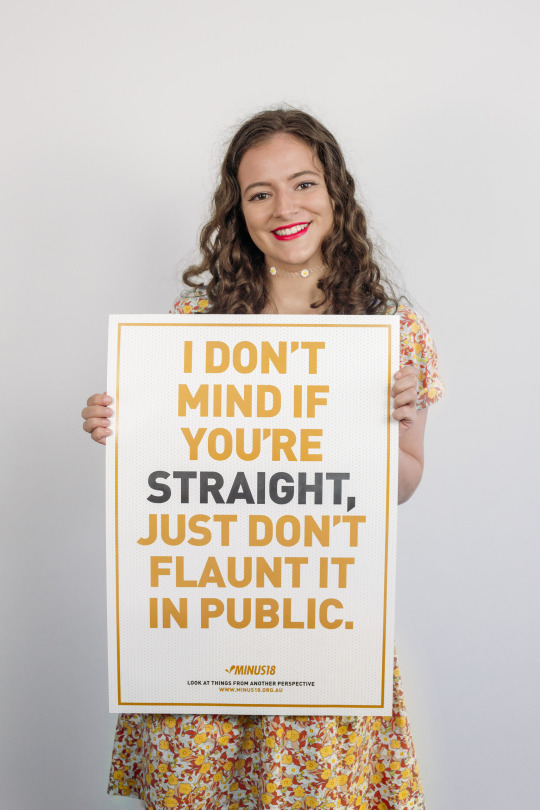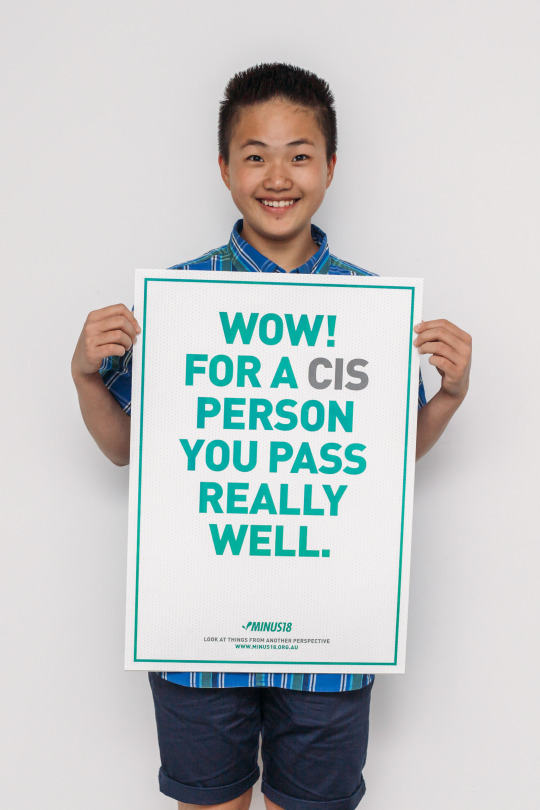Text
Riddle Me This: A Tom Riddle Character Study
[Also posted on Reddit, if you want to comment/share your thoughts!]
Riddle Me This: A Tom Riddle Character Study
*Warnings: some profanity, spoilers, and puns.
‘Twas but a regular Saturday eve when a question of utmost importance grabbed hold of me: ‘Voldemort, why such a You-Know-What?’
You see, while Voldemort appears to be a very classic villain, Tom has proven to be an enigma wrapped in a Riddle (hehe). So, equipped with what I remembered from my BSc in Social Psychology, I also called upon my therapist friend with an MSc in Forensic Psychology to explore what would drive someone like Tom Riddle to become Lord Voldemort.
In this gone-awry Reddit comment, I will drag you along for a deep dive into how our little Dark Lord grew up and discuss concepts like power, control, sense of self, and terror management – all up to the point where Tom Marvolo Riddle introduces his clever anagram ‘Immortal Love Rodd’ ‘I am Lord Voldemort.’
Join me on this character study journey of about 5,500 words (15-30 min) where I try to figure out how Voldemort came to be.
Oh, and be sure to share your thoughts at the end of the ride!
Baby Lord Voldemort: A Pensive Pensieve Trip
“Voldemort is my past, present, and future.”
Long before we found out Snake-face Voldemort had barely a soul left, we thought he was the purest form of evil out there. He had done despicable things before his supposed death and had now resurfaced as a gross face on the back of someone’s head, hell-bent on killing this little kid. As we gradually learned, Voldemort was once Tom Riddle: a charming, brilliant, orphaned Wizard with the potential to go on and do great things. But, we also learned many little tidbits about the circumstances before his birth, about how he grew up and how he portrayed himself at Hogwarts, which has given us just enough to come up with our own theories about his personality and how he was shaped.
So, before we continue, let me quickly arm you with some abnormal psych. terminology. Both Riddle and Voldemort really match the three personality traits of (malignant) narcissism, Machiavellianism, and psychopathy, aptly known as ‘The Dark Triad’.
Plucked straight from the Wiki, summarized for your convenience:
Narcissism
is characterized by grandiosity, pride, egotism, and a lack of empathy.
Malignant narcissism
is when narcissism is combined with antisocial behaviors; the evil side of narcissism. (I stumbled upon
A Study in Evil: Voldemort, the Malignant Narcissist
after writing all of this, but I highly recommend giving it a read if you want a deep dive.)
Machiavellianism
is characterized by manipulation and exploitation of others, an absence of morality, unemotional callousness, and a higher level of self-interest.
Psychopathy
is characterized by continuous antisocial behavior, impulsivity, selfishness, callous and unemotional traits (CU), and remorselessness. (Better distinguished as ‘primary psychopathy’.)
*Sidenote: the term ‘sociopath’ is quite often used in pop culture, sometimes even interchangeably with ‘psychopath’. The actual diagnostic term is ‘antisocial personality disorder’, as described by the DSM-5. However, there is a difference between sociopathy and psychopathy, a whole slew of them actually. Important to note is that a ‘sociopath’ refers to a person with antisocial tendencies that are ascribed to social or environmental factors, whereas psychopathic traits are thought to be more innate, i.e. genetic causes (x).
We are given facts in the book that suggest psychopathic, antisocial, and (malignant) narcissistic traits are evident in Tom Riddle from early childhood. Using all that information, I want to take you on a ride to see how all these tidbits together shaped Tom Riddle and how that would lead him to become Lord Voldemort (not to be confused with ‘going Full Voldemort’).
The Interplay of Nature and Nurture, and Magic
Psychopathy is believed to be a complex interworking of mostly nature but also nurture, let’s unpack this in regards to Riddle.
Tom Riddle is born to a Pure-blood mother, Merope Gaunt, and a Muggle father, Tom Riddle Sr. When we are first introduced to the Gaunts, Salazar Slytherin’s last descendants, we meet a violent father and son, and a daughter who takes the brunt of it. We are told that the entire Gaunt line has a history of inbreeding and that they are known to produce individuals with violent and unstable personalities. They live in dire conditions but are incredibly proud people and sneer at the mere existence of Muggles. Merope grows up poor and abused, traumatized, ridiculed for her lack of magic that seems to be more the result of the abuse than the cause for it. Not far from their shack in Little Hangleton lives Tom Riddle Sr.: rich, handsome, somewhat of a prat, and the object of Merope’s affections. Being no great beauty and with little to offer, she “hoodwinks” Tom Riddle Sr. and escapes her dreadful life with her family. Merope is soon with child after their marriage and decides to release Tom Riddle Sr. of whatever spell he’s under, but he leaves her immediately.
Let’s consider the circumstances surrounding the conception of Tom Riddle. J.K. Rowling said that Voldemort could not understand love as he was conceived in a ‘loveless union’. However, she also stated that had Merope decided to live and raise Tom, his life would’ve turned out differently by knowing ‘love’. We could understand the tidbits shared by J.K. to mean that a child born into a loveless union would perhaps grow up in a loveless household, would have no good examples of what love is and would not know or be shown love. While Dumbledore hints that he suspects Merope used a Love Potion to “hoodwink” Tom Riddle Sr., we only know that magic was used. I always understood said ‘loveless union’ to be a magical violation – violation in every sense of the word – and that Tom’s incapability to love was due to magic that tried to correct a balance, i.e. the Laws of Magic™ were violated. Now, I’m no Magical Theorist, but this could mean that actual Magic™ is at play in addition to a genetic predisposition to explain Tom’s psychopathic traits.
Apart from these genetic and magical factors, we could also consider the environmental factors that influenced the biological development of Tom. Merope was left destitute and depressed when Riddle Sr. abandoned her while pregnant. In the dead of winter, with a lot of stressors and suppressed magic, she gave birth to Tom at the orphanage and then died. While we don’t know how her pregnancy developed, this being all guesswork, the prenatal stressors and perhaps a complicated birth due to her suppressed magic could have influenced Tom’s brain development. Brain development or deviating brain structures are linked to psychopathy (x). Simply said, the parts of the brain responsible for empathy and guilt or fear and anxiety don’t work the same for psychopaths, e.g. they don’t experience fear or other affects the way others might. In a psychopathic child, for example, this could mean that they would be hard to socialize because they don’t fear punishment even though they might know that it is a consequence of their behavior. It’s also what makes them great liars (psychopaths can ace a lie detector test like no other). It can also mean being more prone to boredom and seeking thrills as a result (low arousal theory). We could even view all of this in light of ‘Magic™ development’ instead of the Muggle term ‘brain development’.
In addition to taking into account these hereditary, biological and prenatal factors, we'd be remiss not to look at the effect of nurture. Now, we don’t actually know that much about Tom’s early childhood except for what we learn during Dumbledore’s visit to Wool’s Orphanage in 1938. We find out that Tom steals from people, has no qualms about hurting animals, scares and bullies other children, and is a consummate liar ‒ all while having/showing no remorse. Mrs. Cole, the matron of the orphanage, refers to Tom as being a funny boy and odd, that he was a “funny baby, too” and “hardly ever cried”. It is conceivable that the caretakers gave him less attention in response to his lack of showing his needs through crying and that he was picked up and held less often. It could also be a chicken-or-egg situation: perhaps he didn’t cry because he learned his cries would not be responded to, etc. Even if we leave magic out of the equation as to why they would find him ‘funny’, it is likely that he showed general ‘abnormal’ responses and behaviors not appropriate for his developmental stage that were unsettling to others. It is easy to assume that this would lead to people distancing themselves from him and alienating him further. Regardless of cause-effect, there are clear signs here that Tom grows up maladjusted and that his attachment style falls somewhere along the dismissive-avoidant. I think we can assume that the lack of developing a relationship with at least one primary caregiver would really put a damper on having any semblance of a ‘normal’ social and emotional development.
There seems to be a clear interplay here of genetic, biological (magical) and environmental factors as the perfect foundation for dysfunctional personality traits to really come to fruition.
Power & Control: A Narcissistic Trip
“There is no good and evil. There is only power, and those too weak to seek it.”
Strap in as we first take a little detour for a quick exploration of narcissism. As previously stated, we clearly see signs of malignant narcissism in young Tom, characterized by grandiosity, pride, egotism, and a lack of empathy, combined with antisocial behaviors. What is particularly applicable in Tom’s case is Kohut’s theory of narcissism.
The Little Narcissist
In psychoanalytic theory, primary narcissism in children is part of their development.
It is normal for children to develop self-love and object-love, as Kohut puts it. Entertaining notions of greatness, magical thinking, feeling omnipotent and omniscient and believing to have a certain immunity to the consequences of their actions is all part of this development. It is quite innocent, but it can become pathological. According to Kohut, children are normally gently disillusioned of these grand notions, in a nontraumatic manner, by maturing and becoming part of society. Pathological narcissism, however, develops when the child basically has defective narcissistic structures of the self by having this process disrupted.
This defective structure fits Tom Riddle to a T. In addition, Kohut’s theory of object-love really applies here as well. According to Kohut, either a child has a ‘mother’ to confirm their grandiosity, or they seek an adult to create an ‘idealized parent image’. This means they will seek an adult, someone powerful they can look up to, so they can bask in their reflected glory. For Tom, having neither someone to confirm his grandiosity nor someone to look up to means he creates his own powerful parent. We notice this when Tom explicitly asks Dumbledore about his father being a Wizard, since his mother obviously could not have been; she wouldn’t have died if she was. One can imagine his (narcissistic) rage when this image was shattered later on. His five-year search for the Chamber of Secrets to confirm he’s the Heir of Slytherin is a direct result of Tom’s continued search for a sense of self.
The Narcissist’s Plight: Need for Control
One of our main human motivational processes is the desire for control. Actually, it is perceived control that really helps our general sense of well-being. This need exists and is deeply embedded in all of us. However, when people are tried and tested, feel threatened or powerless, a lack of agency can kickstart all kinds of coping mechanisms to maintain the sense of self. So, simply put: the less perceived control you have, the greater the need.
When we speak of power, we speak of control. If there is anyone who is desperate for control it’s the narcissist. The narcissist is believed to have such low self-esteem and fragile ego that it will, subconsciously, protect itself from being injured at all costs. Controlling your circumstances and those around you is a means of guarding and protecting the ego. Anything less just won’t do. A threat to that control, that power, is a perceived threat to the sense of self.
Power is a concept that really tickles Riddle/Voldemort’s Niffler as we pretty much learn from the get-go. Consider again, for a moment, where and how Tom grew up. His ability to control came from his magic. Seeing as how Tom grew up in an orphanage, not a penny to his name and very few resources, I think that Tom learned early on that everything could so easily be taken away from him ‒ by someone bigger, older, someone who had more power. While Tom could ‘control’ his circumstances to some degree with his magic, he was still a child. He seemed to have an innate understanding of his powerlessness, i.e. lack of control. Perhaps less helpless than other children, but still a child dependent on others. Not only that, but he was dependent on people he deemed lesser than him, less intelligent, less special. Something a narcissist like Tom would deeply resent. The thing here is that viewing others as beneath you or believing oneself to be superior to others is an ego defense to deal with insecurity, shame, rejection, etc. Tom develops this ego defense but also gets confirmation of his grandiosity through having magical power that actually does set him apart.
Rejection is another big theme in the life of a narcissist; one that Tom was very familiar with. He was unwanted and fully made aware of it: his mother ‘left’ him by dying, his father never came for him, he was not chosen for adoption, and there were many other children vying for attention. Attention that Tom did not receive but perhaps believed he was owed. Originating from a sense of entitlement, someone like Tom would come to view any sort of rejection as a slight (for he is smarter, better, etc.). While Tom might not have even wanted such attention or even had a particular need to belong – considering he didn’t view anyone as a peer/equal – the fact that it was not automatically given to him was probably construed as insulting.
Control Through Controlling Others
Mrs. Cole told Dumbledore that Tom scared the other children and that it was hard to catch him at any bullying or other malicious acts. With the ability to control his magic at such a young age, along with being highly intelligent, he was quick to figure out how to use this to his advantage. He could fly under the radar when needed, manipulate those in power, and use his skills to control others through fear ‒ ultimately to protect himself and what little he had, but also relishing how he could lord his power over others, establishing his superiority and showing them all how special he was. I believe that Tom honed the art of manipulation at a young age as he couldn’t fathom other ways of tying people to him, of forming relationships ‒ unless there was fear or a sense of owing. His magic gave him the additional tools to control those that didn’t have it.
Then, a defining moment: Tom meets Dumbledore.
Using the same control tactics he has probably used with everyone around, Tom tries to command Dumble to do/say certain things. If you squint, you could even say that Tom was able to put a magical compulsion in his commands. Dumbledore, being who he is, is unmoved and even gently puts Tom in his place, which in Tom’s eyes would be considered a slight.
When Tom learns there is a word for his abilities, he is very eager to show off and be acknowledged for it by someone he could potentially identify with, someone who can show him the path to more knowledge, more power, someone ‘worthy’. For the first time, he encounters someone he wants to impress; he does this by boasting about his abilities. How telling it is that our Little Lord says that he “can make bad things happen to people who annoy me,” – not “mean to me” as the movie had us believe.
Here, Tom seems to have accidentally truly revealed himself – perhaps for the first time, definitely the last time. Out of childlike excitement and eagerness, he has shown his hand, which he immediately regrets when it is not followed by recognition and/or approval from Dumbledore. Dumbledore, quickly catching on to the power dynamics, asks Tom to address him as ‘sir’ or ‘professor’ and immediately establishes his authority. Tom accepts it begrudgingly, “expression hardened”, as he needs Dumbledore to tell him more. Upon Tom’s demand, Dumbledore’s power is then quickly, and casually, displayed when he uses the Flame-Freezing charm on Tom’s wardrobe. If I’m being honest, I always found Dumbledore’s ‘casual’ display of power to be very loaded and quite problematic, ‘destroying’ something of Tom’s where he had stashed his very few possessions. Yet, Tom quickly goes from outrage to “expression greedy” when he realizes Dumbledore was just showing his power and using it to impress, i.e. instill fear (Tom immediately asks Dumbledore where he can get “one of them [wands]”).
When Dumbledore uses his ‘power’ to then confront Tom with his stealing and bullying, Tom reluctantly concedes that he cannot manipulate Dumbledore and doesn’t deny his actions, knowing that ‘being truthful’ is how he can appease and steer Dumbledore. He even accepts the humiliation of having to return the stolen items and apologize to others.
Honestly, the whole interaction between them is so significant, so amazing and so telling of Tom’s typical interpersonal dynamics and relationships. It’s no wonder he starts to despise and avoid Dumbledore. Tom had made himself the master of his little universe, believing that no other has his special type of power. Not only did Tom lose his cool during the conversation, he showed weakness by being vulnerable. As Tom learns when he joins the Wizarding World, Dumbledore is even more powerful than he thought and holds strong political power to boot. Someone like Dumbledore, for example, is not just threatening because of his power but because he can see behind Tom’s mask.
Control in the Wizarding World
The interaction with Dumbledore seems to set the tone for Tom’s understanding of ‘power’ in the Wizarding World. It is something he further internalizes when he arrives at Hogwarts and gets sorted into Slytherin, a House of mainly Pure-bloods. I wholeheartedly believe that this little Snake immediately understood the blood status dynamics at school and the hierarchy within Slytherin House; things beyond his control. It is not a stretch to believe that the Slytherins, in particular, bullied him, ostracised him—rejected him—for his lack of Wizarding name, lack of status and money, and tried to show and put him in his place, thus fueling his rage. So at the age of 11, Tom had the mental acuity to realize he needed other tactics to become influential, to wield his power.
Seeing power and status being inherently awarded to Pure-bloods, the very ones who reject him, his own search for a claim to power/his superiority starts off with an obsessive in-depth exploration of his heritage. It is natural to assume that, along with this quest, Tom educated himself on social politics and how to improve himself. He was able to show humility and regard for others, be inhibited and not boastful. We learn from Dumbledore that Tom at Hogwarts showed signs of covert narcissism: no outward signs of arrogance or aggression, seemed polite, quiet, and thirsty for knowledge. He had already learned how to control certain impulses, ingratiate himself, how to hide in plain sight. He just continued to perfect it; he became above reproach by being the perfect student in the eyes of the adults, while fooling his fellow students and building his own following (feeding his ego along the way). He played into Slytherin politics and managed to establish himself as something to behold and to be frightened of, especially when he learned of being a descendent of Salazar Slytherin – a legit claim to power. He now had proof of something he had always believed: I am above them.
Loss of Control and Terror Management
Throughout his time at Hogwarts, Tom managed to perfect his control over others. Despite all his received praise and accolades, his ego remained fragile. I think the fact that he could not escape his blood status, his class – made especially salient when he had to return to the orphanage during the summer – really fueled his obsession to confirm he’s the Heir, i.e. to strengthen his sense of self.
Apart from the orphanage, Tom spends the rest of his formative years at Hogwarts, where he is, at most, considered a Half-blood if not a Muggle-born – i.e. lesser than. His fragile ego and sense of self is constantly challenged if not outright attacked. What’s even more confronting is that he also still has to return to the orphanage during summer break in the years 1938-1945 until he is of age. A place where he cannot use his magic; where he cannot sow the merits of his efforts at Hogwarts; a place where he has little to no control. He has to go back to being an orphan, in an orphanage, among Muggles. This having to return to Hogwarts is even more interesting to note when you consider there is both a Muggle war (WW2) and a Wizarding war (Grindelwald) happening.
That’s why we should also place all of this in the context of when this all took place. Tom experiences both WW2 and the Grindelwald days while he’s a teenager and still at Hogwarts. While he was safe at Hogwarts during most of the year and the winter holidays, he still had to return during the summer. Let me quickly add here that Grindelwald never attacked Britain, but Muggle London was dealing with (the threat of) bombings during those years, with heavy losses in terms of homes, businesses, and lives. Tom just about avoided The Blitz (Sep 7, 1940 – May 11, 1941) and the evacuation of children of Sep 1, 1939 (although, how he managed that, don’t ask). It’s safe to say that times were incredibly tough and unsafe in those days.
So on that note, let me introduce you to Terror Management Theory (TMT). It basically means that when faced with ‘terror’, i.e. one’s own mortality, the anxiety that goes with it can make people do some really effed up things. People will start chasing ways to boost their self-esteem, their self-worth, and for ways to confirm that their life has meaning and that they certainly are not insignificant or disposable. That they matter. Mind you, this all takes place without people even realizing that this is driving them. This theory rears its head when we speak of racism as well. In trying to elevate their sense of self, people can attach great importance to the group they identify with. They will then seek out ways to confirm their group is superior to others (well, well, well).
This theory seems to also fit Tom’s strange, half-assed Heir of Slytherin shenanigans. Same as what happened in the interaction with Dumbledore, Tom’s glee at finding out he’s indeed special makes him impulsive and greedy, disregarding the consequences and acting out of his ‘careful’ character. He has new power within his grasp, new thrills to seek and uncover. In his excitement, he is reckless and gets Myrtle Warren killed. While the rest of his attacks seem very planned and controlled, perhaps to impress his new Knights but most likely to see how far he could push boundaries, it also shows that he either doesn't think or doesn’t care about potential consequences. He is arrogant and unfearing. He could never get caught. Tom only starts caring when his actions become disadvantageous to himself; Hogwarts would close if the attacks continued, meaning he would lose all that he had skilfully and carefully cultivated.
In short, the need for control can drive one to go to really terrible lengths. Straight up tomfoolery, if you will. And if anyone went to great lengths, it was Tom Riddle’s becoming of Lord Voldemort.
Becoming Lord Voldemort:
The Narcissistic Psychopathic Wizard’s Guide to Ultimate Power
“What I was, even I do not know … I, who have gone further than anybody along the path that leads to immortality. You know my goal – to conquer death.”
Before we found out the little tidbits about Tom Riddle, He-Who-Must-Not-Be-Named’s motives seemed straightforward: Pure-bloods must reign supreme. Knowing what we know now, it would be too simplistic to state that Lord Voldemort was purely driven by hatred for an imagined inferior Other. Namely because at the core of hatred lies fear. A need for control and the deep-seated fear of losing said control would be something Tom would and could never admit to. It would mean acknowledging that something (i.e. fear) had control over him, in effect a weakness.
He is a Half-blood orphan with nothing to his name, a nobody. He has a smidgen of hope when he discovers he is a descendent of Salazar through the Gaunts, but any notion of tangible rewards associated with that is shattered when he finds the Gaunts fallen from grace into obscurity. There is fear of forever being a nobody, unremarkable; entering the world with nothing and leaving the world with nothing ‒ all the while knowing that he is obviously destined for greatness (hello narcissist, my old friend).
He derived his new sense of self from being a descendant of the great Salazar Slytherin, who ‘rightfully’ detested those of lesser blood. As is typical for the malignant narcissist, Tom really has a ‘transparent’ defense mechanism to protect his fragile ego: projection. His hatred of his own lack of pure blood leads him to distance himself from it, denying whatever undermines his belief of being something special and extraordinary or not being worthy of the name. Distancing himself from that what makes him common and unworthy, he literally takes on a new name and kills off the Riddles. By going to extreme lengths, he can distance himself and 'eradicate' that what he despises most about himself. He is not like those 'filthy' Muggles: the ones he was forced to be dependent on, those lesser beings that deprived him of what he was owed; the ones that left his mother for dead, etc.
His 'great' blood is obviously the reason for his 'greatness', his destiny. Not only was this thought fed by the Pure-bloods around him, but it is the rhetoric that gives him a supply of Pure-bloods fanning at his feet. A thrill in of itself to see the privileged worship him.
Riddle's actions seem to have always been very self-serving. He never preached what Grindelwald did; it was never for the ‘greater good’. It is quite evident in the vagueness of Voldemort’s politics regarding purity. It was simply a means to an end; just a way to see how far he could go in amassing power. The ‘mission & vision’ he proposed was probably one of the few things that Pure-bloods could get behind and would go to great lengths to achieve/protect. For Tom, it was a way of opening doors. Not only financially and socially, but also in terms of access to knowledge hoarded and guarded by Pure-bloods.
Becoming and remaining uncontested in every sense of the word would mean being in control. No longer dependent on what others are willing to ‘grant’ him. No one would ever be able to challenge Him, take anything from Him, ever again: the ultimate power.
Control of the Uncontrollable
So let’s turn our attention back to power: what would be ultimate power for a Wizard? Something a Wizard has never done and somewhere a Wizard has never gone before: beyond the veils of Death; surpassing mortal constructs ‒ and defeating something as terribly common as 'death'. I think this seed, this fear, was planted in Tom’s mind from a very young age. We see it when he asks Dumbledore whether his father was a wizard, for his mother couldn’t have been “or she wouldn’t have died”. Aptly enough, this fear of death or anxiety induced by the thought of one's one mortality stems from low self-esteem, which a narcissist has in abundance.
It’s also interesting to go back to a psychopath’s psychophysiology. Psychopaths are believed to have low arousal compared to others and are prone to boredom. They could go to lengths to find a ‘thrill’. Discovering the limits, pushing boundaries and going beyond that would be completely on-brand for a Wizard with psychopathic tendencies. Maybe I’ve read too many fanfictions, but a common thought seems to be that the Dark Arts are highly addictive, so someone like Tom would keep pushing it and pushing it, until he could go where no one has gone before. Thus begins his slow decline a la: ‘A Horcrux, you say? Hold my butterbeer, imma make 7.’
It’s intriguing that he went for dependence on external objects to safeguard his continued survival. Objects that he either entrusted his most loyal followers with or hid in locations that had meaning to only him. He even had a magical living creature be the container. As we saw over the course of the series, it really wasn’t all that foolproof. But that’s the arrogance of Tom Riddle; he believed that while not many Wizards would even go down the path of creating a Horcrux, none would even conceive creating seven. What’s more, how would anyone even have the smarts to figure out his pattern, his way of thinking – preposterous. If only he had known about the Hallows sooner. Alas.
Granted, there were other ways of circumventing mortality. But ‘cheating’ death by becoming a vampire, for example, would mean being a slave to one's own bloodlust and limitations, dependent on others still to sustain you, i.e. no control, still killable. Another obvious avenue would be using the Philosopher’s Stone as Flamel did, but it would not be anything new. Stealing it or copying it would mean nothing to him. He would be ‘immortal’ but weak and feeble, dependent on a stone, also still killable. So it seems that it’s not necessarily immortality in and of itself, but controlling how and when you die.
Conclusion: Spiraling out of Control
To summarize the why, Tom Riddle was a narcissistic psychopath with a high IQ, immense magical ability, a chip on his shoulder and something to prove ‒ and a need to be acknowledged for it. The potent mix of nature, magic, and nurture seemed to have really worked their, ehm, magic (sorry). Tom’s ‘abnormal’ behaviors in his childhood were strong predicting factors for the potential to entertain notions of one day being a Dark Lord. However, the odds seem like they were already in that favor before he was even born when we consider his genetic makeup along with the circumstances surrounding his conception and his birth. The Muggle environment he grew up in and the Magical world he was then introduced appear to be the ‘umami’ flavoring for the mix to inevitably lead him down his self-destructive path.
Tom’s actions and behaviors all seem to boil down to an excessive need for control and the deep-seated fear of losing it. Growing up with Muggles, he used all his talents to exert his control over those weaker, sans Magique. In his peak Riddle days, Tom was quick to figure out he could control people by using his glib charm, his looks, and his extreme intelligence to manipulate everything to his liking. He was able to trick people into ‘wanting’ to give him the things he desires, making people believe that he’s ‘giving’ them something in return. With his psychopathy and narcissism fully taking the wheel, it seems that he no longer cared – or saw the need – to pretend to cater to the wishes of others. Fear became his main tool in the peak Voldemort days; the only thing he deigned to ‘give’ others was allowing them to stay alive, avoid punishment, or allowing them to unleash their darkest fantasies. In chasing evermore control, power, he ends up spiraling. His actions shift from sly, cunning, covert manipulative behaviors to more impulsive, erratic and desperate behaviors, all stemming from a loss of control, of his carefully cultivated power. His mask, literally and figuratively, disappears.
It’s impossible to look past the incredible symbolism and irony of the Horcruxes. In his belief that eliminating and eradicating his weaknesses would make him untouchable, that very pursuit ended up being his undoing. With the killing off of the last vestiges of ‘normality’, he seemed to be completely driven by his impulses (or his Id, as Freud would say). If we add ‘death terror’ to this, it would explain why it went as far as Going Full Voldemort and becoming a mass murderer blindly obsessed with a prophecy that merely hinted at his potential defeat.
Rowling said that Voldemort's boggart would be his own corpse, and I think that makes sense ‒ for Voldemort, that is. His corpse would signify the fact that he could die and thus be defeated, the ultimate loss in the ultimate battle for ultimate power (say ‘ultimate’ one more time!). I think Tom Riddle's boggart would've been a poor man's grave; not only did he die (ugh, lame), but he died with nothing to show for it.
With all that being said, being a psychopath does not evil make. However, Tom Riddle’s dire need for a sense of self, immersion in the Dark Arts, and the mutilation of his soul are what really made him turn into an unmitigated You-Know-What. The destruction of his soul left a shell of a man driven by dark base emotions: Full Voldemort.
The end.
#harry potter essay#harry potter#wizarding world#tom riddle#lord voldemort#tom marvolo riddle#psychological analysis#character study#fictional character#fictional villains#villain studies#psychopathy#machiavellianism#malignant narcissism#narcissism#narcisistic psychopath#terror management theory#baby lord voldemort#power and control#low arousal theory#horcruxes#sociopathy#tomarry
11 notes
·
View notes
Photo
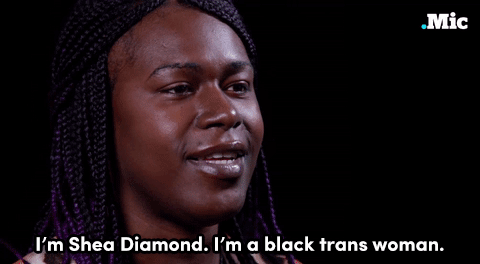
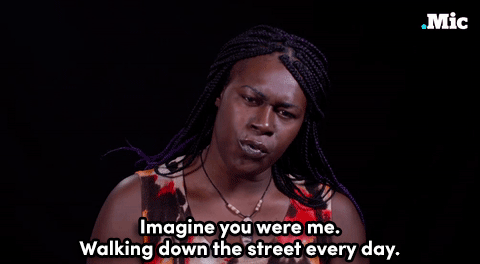
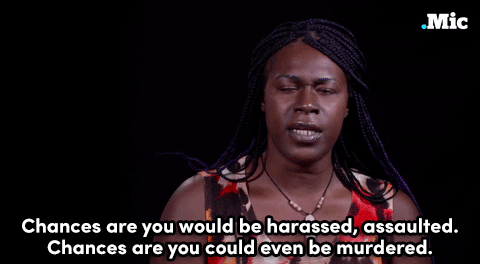
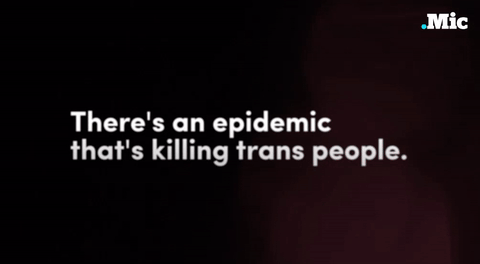

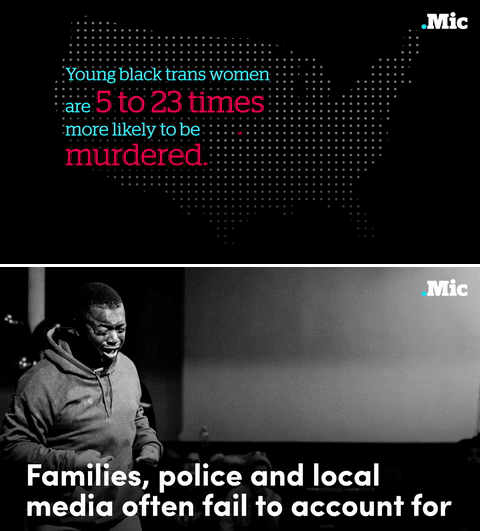
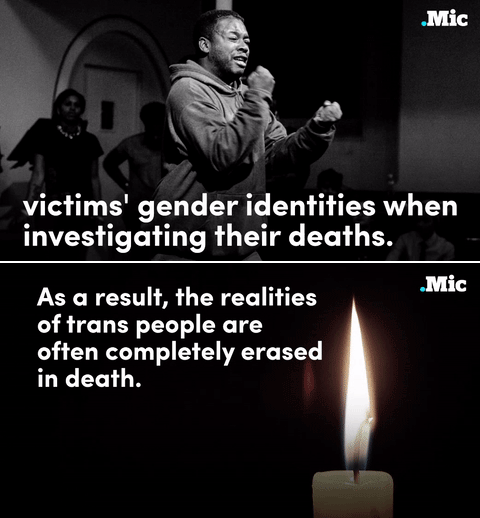
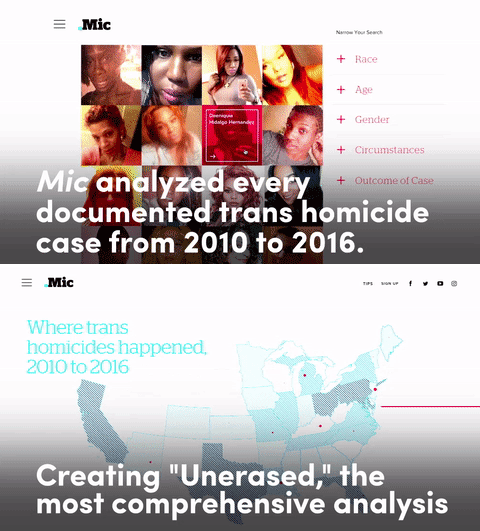


Introducing Unerased: Counting Transgender Lives
The number of transgender murders in America is on the rise — and likely far larger than we know. Our team of reporters have built a comprehensive database honoring the lives and tragic deaths of these individuals, as part of an ongoing initiative. This year more than ever — we cannot forget.
17K notes
·
View notes
Text
Kardashians as White Women
The other day the Guerilla Feminism Facebook group posted a link to the following article:
http://www.salon.com/2015/10/07/a_tale_of_two_magazine_covers_the_kardashians_the_lowes_americas_racist_double_standards/
While the article in itself is extremely interesting (structural shaming of Black families with a matriarch, but celebrating the Kardashians being led by a matriarch) and I don’t have anything to add to this specific topic, something stood out to me:
The author kept referring to the Kardashian as white and speaking of White Feminism regarding a family consisting mainly of women and some headway these women have made with for example interracial relationships.
I am not an American, but I have been an observer of American culture all my life. While in no way, in Europe, will I ever be considered ‘white’, I do look like a Kardashian; black haired, dark eyed and naturally light-skinned. I have typically Middle-Eastern features and I am absolutely read as such in Europe.
So imagine my bafflement when the Kardashians are not read or seen or treated as Women of Color, but as white.
It seems to me that America’s racial issues affect mostly “Brown” and Black people and Asians. But for some reason, “Brown” really does seem to pertain to actual skin-tone and not necessarily race/ethnicity. This becomes explicit to me when someone so clearly non-white (to me at least) as a Kardashian is seen as white (even after layers of spray-tan).
Now let me explain why it seems that way to me as an observer, raised in Europe.
Me and my Kardashian features do not escape racism (or should I say Islamophobia) in the Netherlands. There is no such thing as white privilege for me when people see me in the flesh or read my name. I might enjoy some privilege when people hear me speaking with a proper accent on the phone, but don’t get me started when they see my name or my picture. I am not Muslim and don’t wear the headscarf, so my experience definitely differs from extremely visible Muslim women.
*While I will acknowledge that Kris Jenner is of mixed (white) European descent, there is no way around the Kardashian girls having Middle Eastern features, especially Kim.
I have two best friends born in Sweden who I jokingly call the Swedish Kardashians. They are Armenian/Arameic as well and have Christian names. While they might enjoy some privileges because of their proper way of speaking along with their ‘white’ names, believe me when I say that I can have endless conversations with them about the outright racism we have experienced, the everyday racism and the micro-aggressions purely based on our looks, even in such progressive countries such as the Netherlands and Sweden who pride themselves on their ‘tolerance’ (ugh, this word).
How on earth then can America view women of color such as the Kardashians as ‘white’? Is it maybe their extreme visibility and thus ‘accessibility’ and non-threatening ‘Otherness’? Their money and supposed class? Generations of existing in one place? Or do people really not see that they aren’t White? Or is it Black women who view these lighter-skinned women as white, because it’s been established they’re not Latinx? Or is it because these women don’t display or express a strong sense of Other cultural identity?
Believe me when I say that if any of the Kardashian were to have grown up in Europe, they would’ve been tackled with condescending commentary and questions and remarks all their lives: “How long have you been in this country?” – “Oh you got into college/university?” – “You’ve been here for over 20 years? You speak the language so well!” – “You don’t sound/behave/dress like ~the Others~”
A cultural identity would’ve been ascribed onto them, but with their level of fame it probably would’ve been turned into: see how they’re not like ~the Others~. “They’re the good kind of foreigners”.
I really would like American people’s view and thoughts on this, especially the p.o.v. of W.o.c. :)
I am here to learn and to understand!
#kardashians#white feminism#black feminism#feminism#women of colour#women of color#gender studies#racial issues#race issues#race in america#feminist blog post#my writings
3 notes
·
View notes
Photo
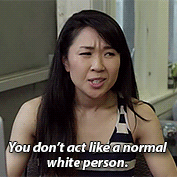


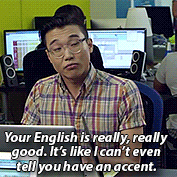



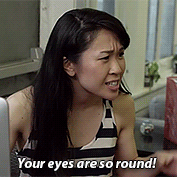
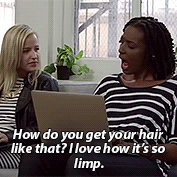
What If White People Experienced Microagressions | Decoded | MTV News
59K notes
·
View notes
Photo



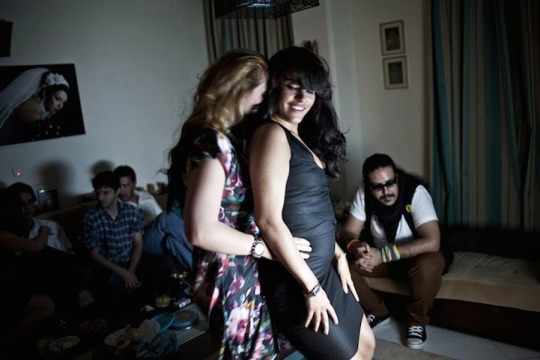
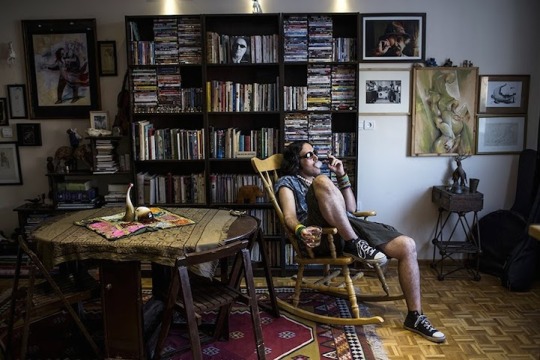





Iranian photographer Hossein Fatemi, offers a glimpse of an entirely different side to Iran than the image usually broadcasted by domestic and foreign media. In his photo series An Iranian Journey, many of the photographs reveal an Iran that most people never see, presenting an eye-opening look at the amazing diversity and contrasts that exist in the country.
90K notes
·
View notes
Video
Did anybody see this yet? MTV’s jab at White Privelage
257K notes
·
View notes
Photo



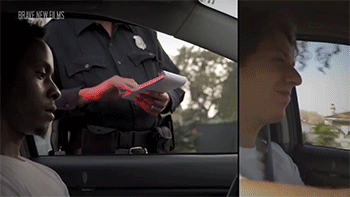

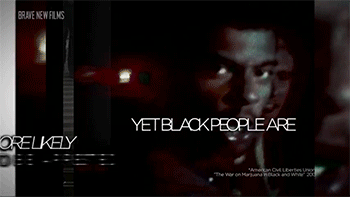

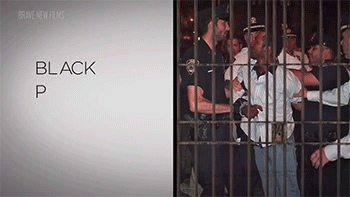


Racism is real
Video
368K notes
·
View notes
Photo

Infographic: Legally Married and Legally Fired, Center for American Progress
457K notes
·
View notes
Photo
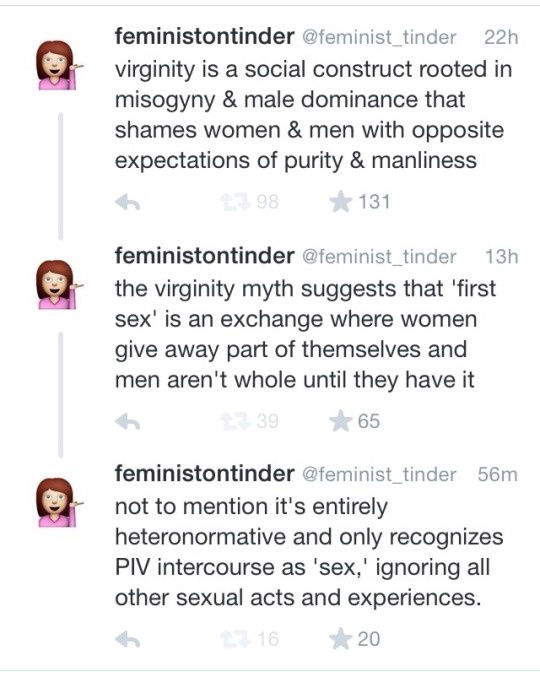
ascribing personal value/importance/regulations to your own first sexual experience is a cool personal choice you get to make, but our culture teaches girls to ‘cherish’ their virginity, and that sex 'turns a boy into a man.’ So when we seek out the 'opposite’ personal values (a girl who wants to have sex without establishing a strong emotional bond or caring about 'losing her virginity’ or a boy who wants to share his first sexual experience with someone special to him even if it means waiting), our culture shames those people for straying from the 'expectation’ and that’s why the virginity myth is toxic ok thanks ☺️
227 notes
·
View notes
Photo
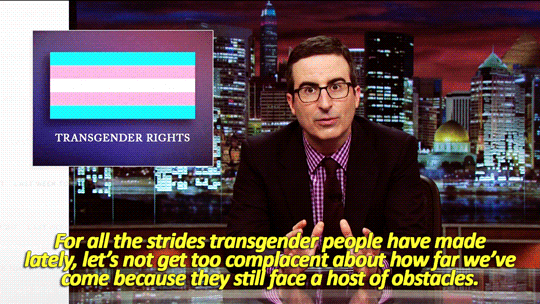


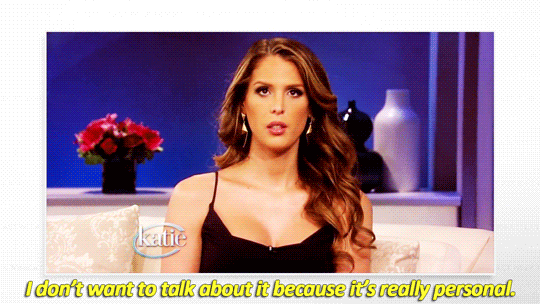


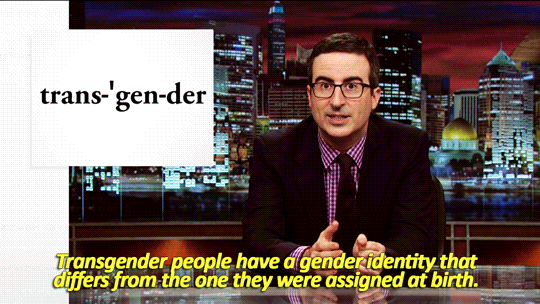
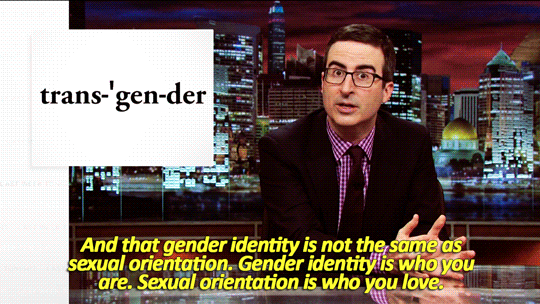
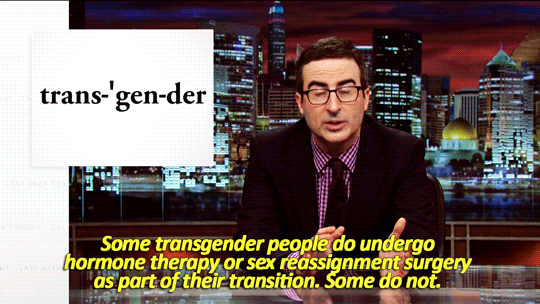
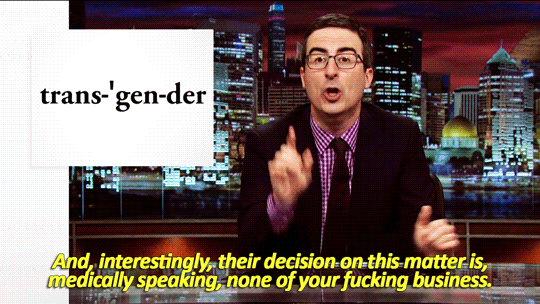
Last Week Tonight s02e19
1M notes
·
View notes
Text
furiosa vs. tropes for women in action
This is the second in a series of posts about Mad Max: Fury Road. All contain spoilers.
Read Part 1, a general review of the movie, here.
Read part 3, about Max, here.
Mad Max: Fury Road has already inspired some of the most intense fandom I’ve seen, and been part of, in years. I think it’s partially due to the sheer intensity of the sensory and emotional experience the movie delivers. But let’s be honest. A lot of it is due to Furiosa.
The character has already inspired an outpouring of fan art and cosplay. Even among movie fans who aren’t part of those scenes, people who love her REALLY love her. (And I wholeheartedly include myself in this category.) I can’t remember the last time that multiple, grown-ass adults on my Facebook feed had profile pictures referencing a movie character. Several of them–men and women–have this one:
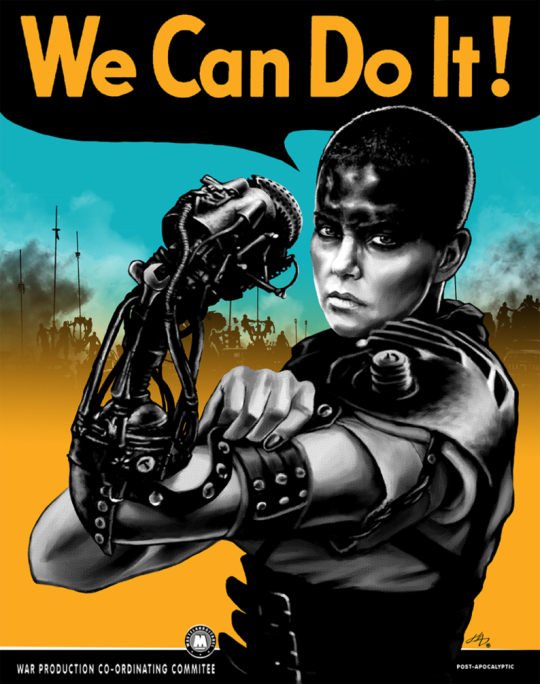
Art by Hugo Dourado.
Why has Furiosa inspired so much passion? I think a lot of it has to do with the way she blows a giant flaming hole in the standard images for women in action films.
While recent years have given us some fantastic action heroines, they tend to be confined within a few set tropes, with remarkably little variation.
Of course, by far the most common trope for women in action is still to be the person being rescued–to be the prize the protagonist, usually a man, gets at the end of the journey. There are whole franchises built around this concept. I think we can all agree that’s boring and not worthy of a blog post.
But even among women characters who have agency in action movies–as protagonists or as villains–there are still some basic patterns that recur again and again. In particular, there are three basic templates that a large majority of female action characters fall into. The point is not that these tropes, in and of themselves, are wrong. It’s that they’re often all there is.
1. The Girl Hero
This is the default trope for YA. Katniss in The Hunger Games, Tris in Divergent…you’ve seen it many times.

Katniss Everdeen, The Hunger Games
The Girl Hero is virginal (often unusually non-sexual for a teenager). She’s usually small or skinny, sometimes for a logical reason (Katniss grew up starving), sometimes not so much. She seems like an underdog, but proves to be surprisingly good at violence and/or have some unique skill, and through her bravery and grit takes on foes much bigger than she is.
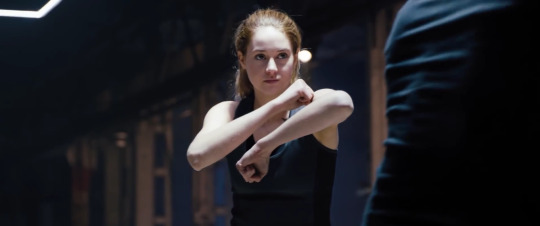
Tris, Divergent
It should be said that plenty of male YA characters share these characteristics–Harry Potter is also small and skinny, a novice in the world of magic, but unusually skilled at a few things. He doesn’t win his battles through physical strength, but through cleverness and bravery. And there’s an understandable appeal in having a scrawny underdog, of any gender, turn out to be a hero, especially in a book or movie geared toward young people. But with a few exceptions (see: Tamora Pierce) the Girl Hero with these qualities is THE template for young women in action/fantasy/sci-fi/speculative fiction.
2. The Sexpot
When the Girl Hero grows up, she can be properly objectified as a different trope, the Sexpot.
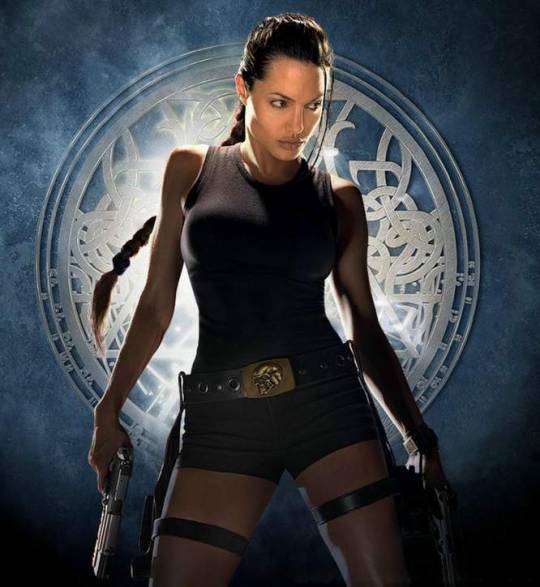
Lara Croft: poster girl for this trope
You’ve all seen this trope in the many, many superhero and comic book movies that are currently squirting out of the studio pipeline. She’s that one token woman on the team with four guys.

Yeah, that one.
The Sexpot gets to fight–and sometimes even gets artfully bloody and dirty–but she has to do it in a latex suit and while appearing cool and sleek and having a good hair day. (She has long hair, so she can flip it, and so we’re extra sure she’s a girl.) Her fight style is extra bendy and flippy and maybe when we break out the slow motion. She may use her sexiness as a weapon (a la Black Widow) or it may be just a bonus quality. She can be powerful, but only if we can look at her conventionally attractive body move around in tight clothing while it’s happening.
3. The Ice Queen
The Ice Queen is almost always the trope for female villains. She sits at the top of some kind of power structure–a state or a criminal enterprise–issuing commands to her minions but rarely doing the violence herself. She’s probably got a sharp suit or a uniform and a severe haircut.
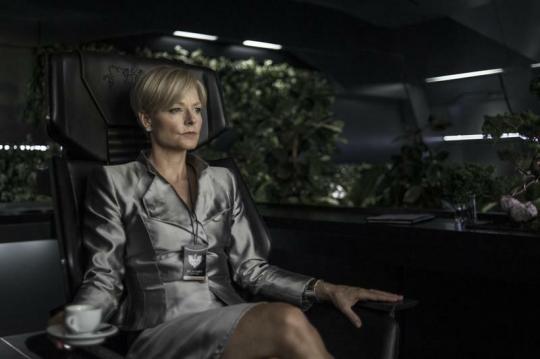
Delacourt, the villain of Elysium.
She’s allowed to be older than 35.
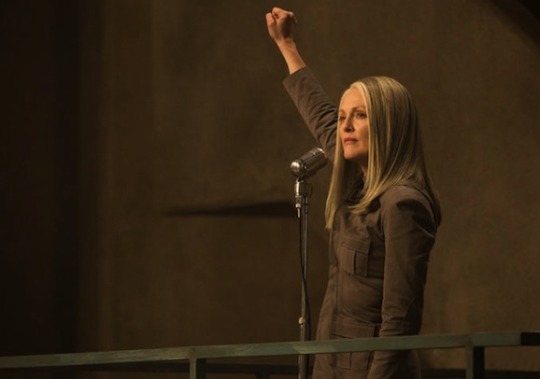
President Coin, Mockingjay
The Ice Queen has institutional power but rarely fights; physicality is the low pursuit of men in her world. She may be smart, crafty and manipulative, but she will not punch you in the face. She’ll snap her fingers and get someone else to do it, although she may sit on the edge of her desk to watch.

Jeanine, the villain of Divergent

Maya, Zero Dark Thirty–an Ice Queen protagonist, sort of
The point here is not that there’s no variation on these themes. And there have been iconic female action characters who stood totally outside them before. Alien’s Ellen Ripley and Linda Hamilton as the original Sarah Connor in Terminator 2, doing pull-ups on her mental hospital bed frame, come to mind as the most obvious.
But it’s striking how often the women that do exist in the thriller, action, sci-fi and speculative fiction film universe fall into one of these three boxes. Which is why any character who doesn’t map onto one of these templates is so exciting.
Here’s Furiosa.
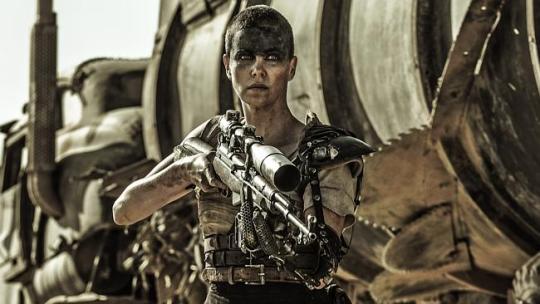
She fights a hell of a lot. She does not flip her hair.
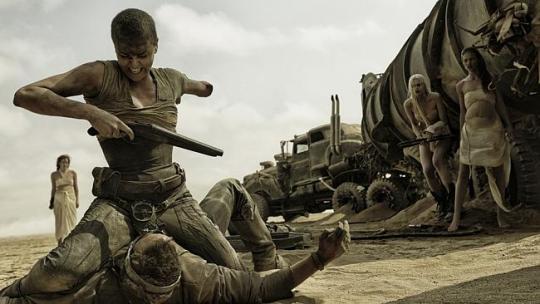
She’s intensely physical, but you never get the sense that her fights are choreographed to perform her sexuality for you. They’re choreographed for her to fucking win.
When Max shows up, they have a knock-down, drag-out fight with each other. Max doesn’t pull any punches. Why? Because he makes no assumptions that she’d be less lethal to him than a man. They beat the shit out of each other in a big, messy, grunty, scrabbly fight.
For significant portions of the movie, Furiosa is driving a truck, which means Charlize Theron is essentially acting from the biceps up. You literally cannot look at her boobs. You have to look at her face.
She gets to be dirty. Really really dirty. This picture alone highlights how weird it is that all the other women above are so clean.

She gets to be ugly and make weird faces in the middle of fighting.
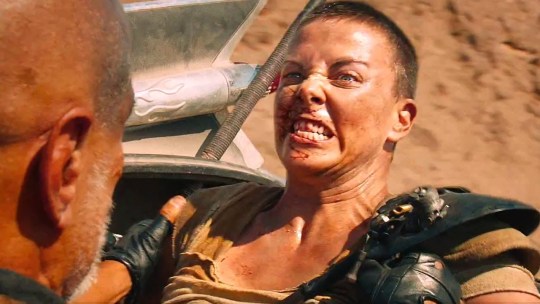
She gets to yell and be angry the way one might be in the middle of a nonstop road battle when you’re full of adrenaline because you’re fighting for your life.
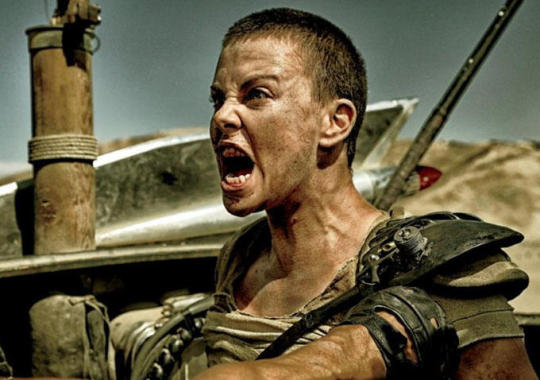
In short, she gets to look like an actual person who is actually fighting, instead of a statue that can do a back walkover with the help of a wire rig.
So it’s hardly surprising that she’s racked up a lot of fans. She takes all the images of clean, pretty, carefully sexualized women we’re used to seeing, even in action, rips them to shreds, sets them on fire and then drives over them with an 18-wheeler.
This is all even more remarkable given that Furiosa is played by an actress who is very feminine-presenting in her everyday life. Charlize Theron is one of the very few actresses who’s been allowed to pick roles where she radically changes her gender presentation.
Here she is in Aeon Flux, playing about the most Sexpot-y character imaginable:
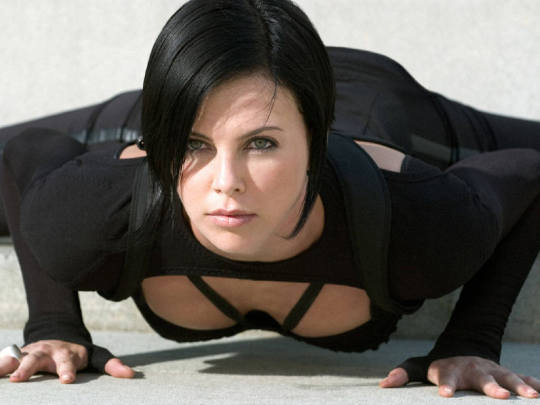
Here she is in Monster:

I think there are a lot more actresses out there who could take on these kinds of transformations, radically altering the way they look, move, and perform their gender, the way male stars do all the time. But the equivalent depth and diversity of roles for women just doesn’t exist in Hollywood right now.
Furiosa’s popularity shows how starved we are for images of women who are actually powerful and physical in the same ways that men get to be in blockbuster after blockbuster after blockbuster. It’s not that all the images of women in action have to look like this–it’s just that we hardly ever see a female fighter who looks this way. Furiosa reminds us that there is so much more out there than we’re getting in terms of what women can do and look like on screen.
34K notes
·
View notes
Photo
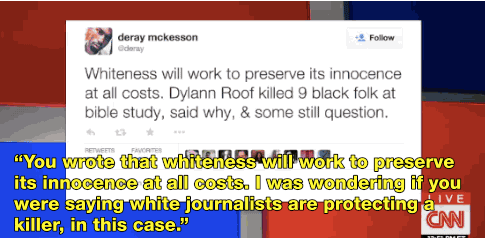
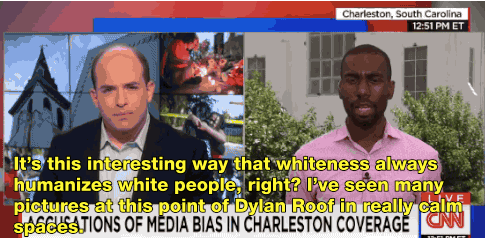

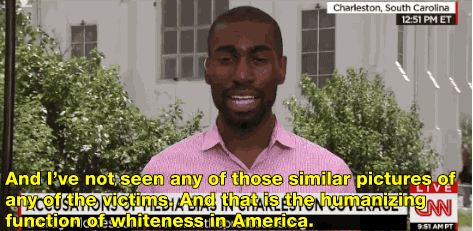
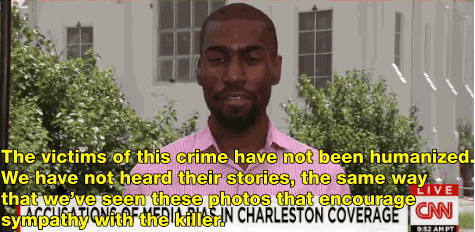
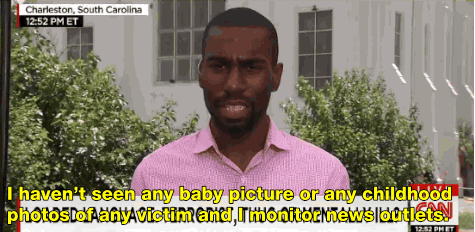
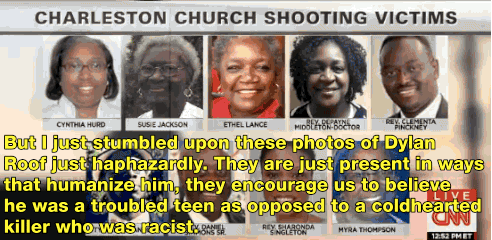
DeRay Mckesson on the proof that “racism is alive and well” in America
97K notes
·
View notes
Photo
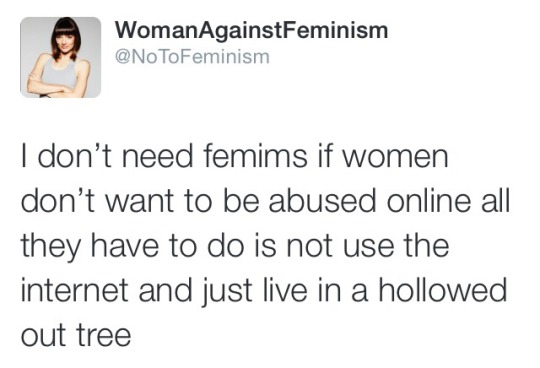
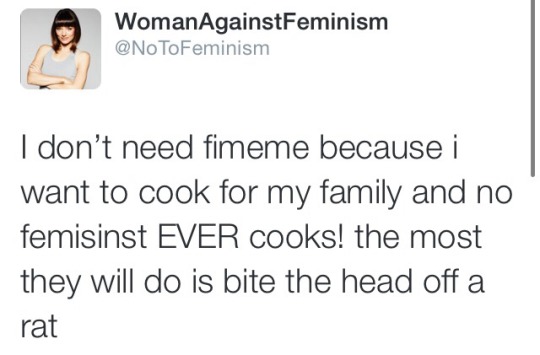

I was annoyed until I read the tweets… I then peed my pants of laughter
86 notes
·
View notes
Photo
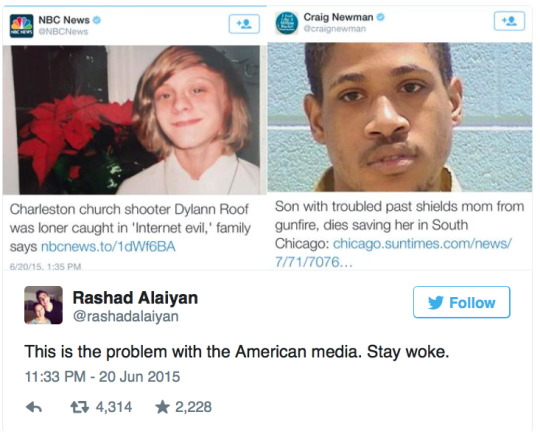
Do you need any more proof of the racist double standard in the media?
The white shooter in a rampage killing gets a smiling childhood photo and an uncritical look at how his actions were influenced by the Internet. A black man who saved his own mother from a hail of bullets, though, has his “troubled past” highlighted. But wait, the treatment of the black man gets even worse.
51K notes
·
View notes
